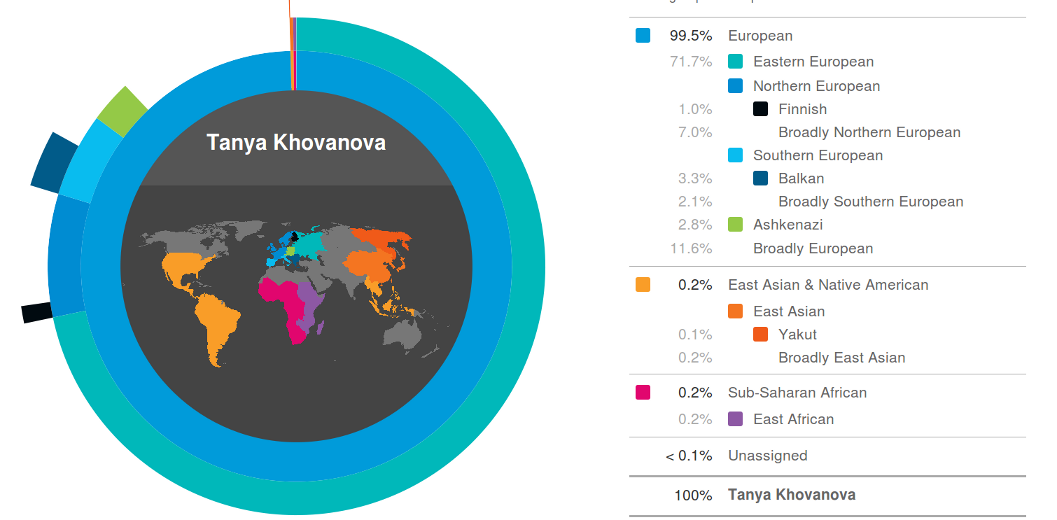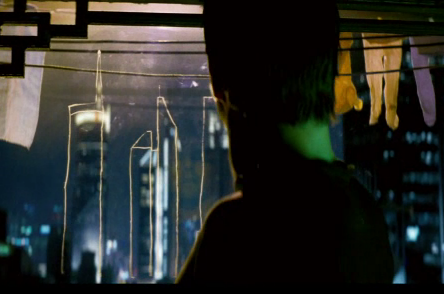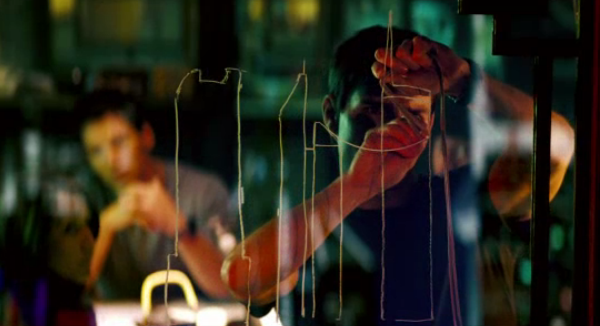Hugh ApSimon described the following coin puzzle in his book Mathematical Byways in Ayling, Beeling and Ceiling .
.
New coins are being minted at n independent mints. There is a suspicion that some mints might use a variant material for the coins. There can only be one variant material: fake coins weigh the same independently of the mint. The weight of genuine coins is known, but the weight of fake coins is not. There is a machine that can precisely weigh any number of coins, but the machine can only be used twice. You can request several coins from each mint and then perform the two weighings so that you can deduce with certainty which mints produce fake coins and which mints produce real coins. What is the minimum total of coins you need to request from the mints?
I will follow ApSimon’s notation. Suppose Pr and Qr is the number of coins from the mint r used in the first and the second weighing correspondingly. That is, we are minimizing Σmax(Pr,Qr). (All my summations are over all the mints. I skip the summation limits because it is difficult to write math in html.) Let us denote by W the weight of the genuine coin and by W(1 + ε) the weight of the fake coin. We do not know ε, except that it is not zero.
Let dr be either 0 or 1, depending on what material the r-th mint uses. Thus, the coin from the r-th mint weighs W(1 + drε). We know the results of these two weighings and the weight of the genuine coin. Therefore, we can calculate the following two values: a = ΣPrdrε and b = ΣQrdrε.
It is clear that we need to request at least one coin from each mint and use it in at least one weighing: Pr + Qr > 0. If both sums a and b are zero, then all the mints are producing genuine coins. Neither of the two values gives us much information as we do not know ε. We can get rid of ε by dividing a by b.
There are 2n − 1 combinations of possible answers: these are subsets of the set of mints producing fake coins given that there is at least one. Thus we need to select numbers Pr and Qr, so that a/b produces 2n − 1 possible answers for different sets of values of dr.
Let us consider cases in which the total number of mints is small. If there is one mint we can take one coin and we won’t even need a second weighing. For two mints we need one coin from each mint for a total of 2. For three mints, one coin from each mint is not enough. I leave this statement as an exercise. It is possible to test three mints with four coins: one each from the first and second mints and two from the third mint. The coins from each mint for the first and second weighings are (0,1,2) and (1,1,0) respectively.
To prove that this works we need to calculate (d2 + 2d3)/(d1 + d2) for seven different combinations of dr. I leave this as an exercise.
This puzzle seems to be very difficult. We only know the answer if the number of mints is not more than seven. The corresponding sequence A007673 in the OEIS is: 1, 2, 4, 8, 15, 38, 74. It is possible to give bounds for this sequence, but they are so far apart. The lower bound is n. And the ApSimon’s book offers a construction for two weighings were Pr = r! and Qr = 1.
You can try to find a better construction, or you can try calculating more terms of the sequence. You can also read more about this problem in my short paper Attacking ApSimon’s Mints.
I do not want to leave the readers with the puzzle that might end up being intractable. So I suggest the following easy puzzle. Solve the ApSimon’s Mints problem assuming that the weight of the fake coin is known.
Share:







